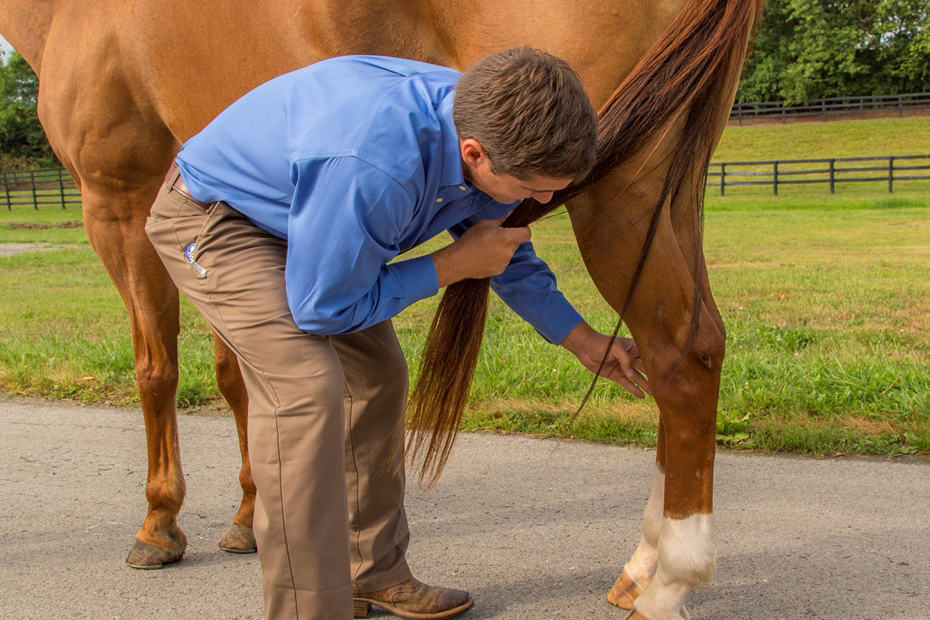Researchers Study Method to Detect Equine Arthritis Early

Swedish researchers are hot on that trail, and new study results suggest that molecular changes in an in-joint protein layer called lubricin, which helps lubricate the joint, might be what we need to look for. So far, these changes seem to be happening only in joints that are osteoarthritic—or on their way to becoming so. And by contrast, healthy joints don’t seem to be showing these kinds of changes at all, the team relayed.
“It’s a very important event that we think we’ve found happening in the early osteoarthritis disease process,” said Eva Skiöldebrand, PhD. Skiöldebrand is a researcher in the Department of Clinical Chemistry and Transfusion Medicine in the Institute of Biomedicine of Sahlgrenska University Hospital in Gothenburg University, and of the Section of Pathology in the Department of Biomedical Sciences and Veterinary Public Health in the Swedish University of Agricultural Sciences in Uppsala.
Lubricin is a glycoprotein that’s present in superficial layers on joint cartilage. Like an oily surface, it lubricates the cartilage and bones involved in the joint. “It’s a very important layer,” Skiöldebrand said. “And when it gets destroyed, the lubrication isn’t as effective anymore, so the load on the joints is more harmful and causes more wear, leading to osteoarthritis
Create a free account with TheHorse.com to view this content.
TheHorse.com is home to thousands of free articles about horse health care. In order to access some of our exclusive free content, you must be signed into TheHorse.com.
Start your free account today!
Already have an account?
and continue reading.

Written by:
Christa Lesté-Lasserre, MA
Related Articles
Stay on top of the most recent Horse Health news with











